Moose Movements
The study of moose movements can help an individual come up with some pretty good ideas as to the patterns and travels of moose in a given area.
By learning just how much moose travel during the daylight and at nighttime a hunter may find that the information will help him increase his moose hunting techniques.
Some of the following information (italics) was gathered and paraphrased from the book "Ecology and Management of the North American Moose".
A study of moose activities in northwestern Minnesota showed that bull moose not in the rut don't travel very far in a 24 hour period. Although the movements of bull moose increase dramatically during the peak of the rut, the movements of cow moose deceases.
Movement patterns of the sexes of moose are different, cows move approximately .5 km (.3 miles), while bulls will move somewhat further - early in the rut during the daytime movements were .8 km (.5 miles) while nighttime movements were smaller .5 km (.3 miles).
Later in the rut bull moose definitely showed more interest in traveling further. The movements at night were recorded to be 1.1 km (.7 miles) while daytime movements were smaller .3 km (.2 miles).
What does this mean to the moose hunter?
- When out moose hunting, even if you are just driving around and you cut across moose tracks that were made overnight or they just appear to be not too old.
- Don't be too quick shrug
these moose signs off. The moose may not be as far away as you might have
imagined.
- Once you have determined direction of travel, follow the tracks on a parallel line (200 to 300 yards) on the downwind side. Every once in a while approach the moose tracks to determine the direction of travel. If when you approach the track and it is not found, double back and carefully approach the area. Moose have the habit of circling to the downwind side before bedding down to monitor the approaching predators that may follow his track.
I once thought that when I found moose tracks that were made during the night, it was not worth my while to follow them. I surmised that moose on the move would move many miles... but this is just not the case.
Lesson: If you find reasonably fresh moose tracks, it just may be advisable to follow them or at least set-up and do some calling. The moose may be closer than you think!
Moose establish a home range in which to live and move about in. These moose movement areas can vary considerably from season to season and from region to region with the largest of the home ranges being in Alaska. One might suggest this is reasonable because of the type of terrain, the availability of food, etc.
Want to learn how to hunt moose? Or are you wanting to increase your moose hunting skills?
Look no further!
Our moose hunting tips book is written with
not just the novice in mind, there are tips in the book that even the
most seasoned moose hunter will find of value.
The book includes 57 chapters, with more than 150 pages of information, jam packed with tips, techniques and discussions - The Ultimate Guide to Moose Hunting!
And don't forget to order one of our Fiberglass Moose Calls. In stock and ready to ship.
Top of the Moose Movements Page
Return to the Moose Hunting Tips Page
Return to All About Moose Home Page
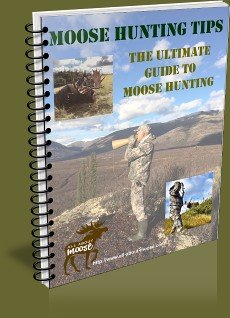
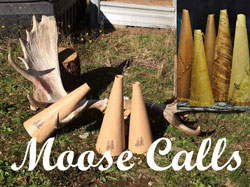
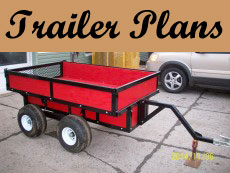
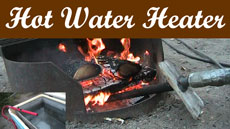
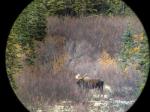
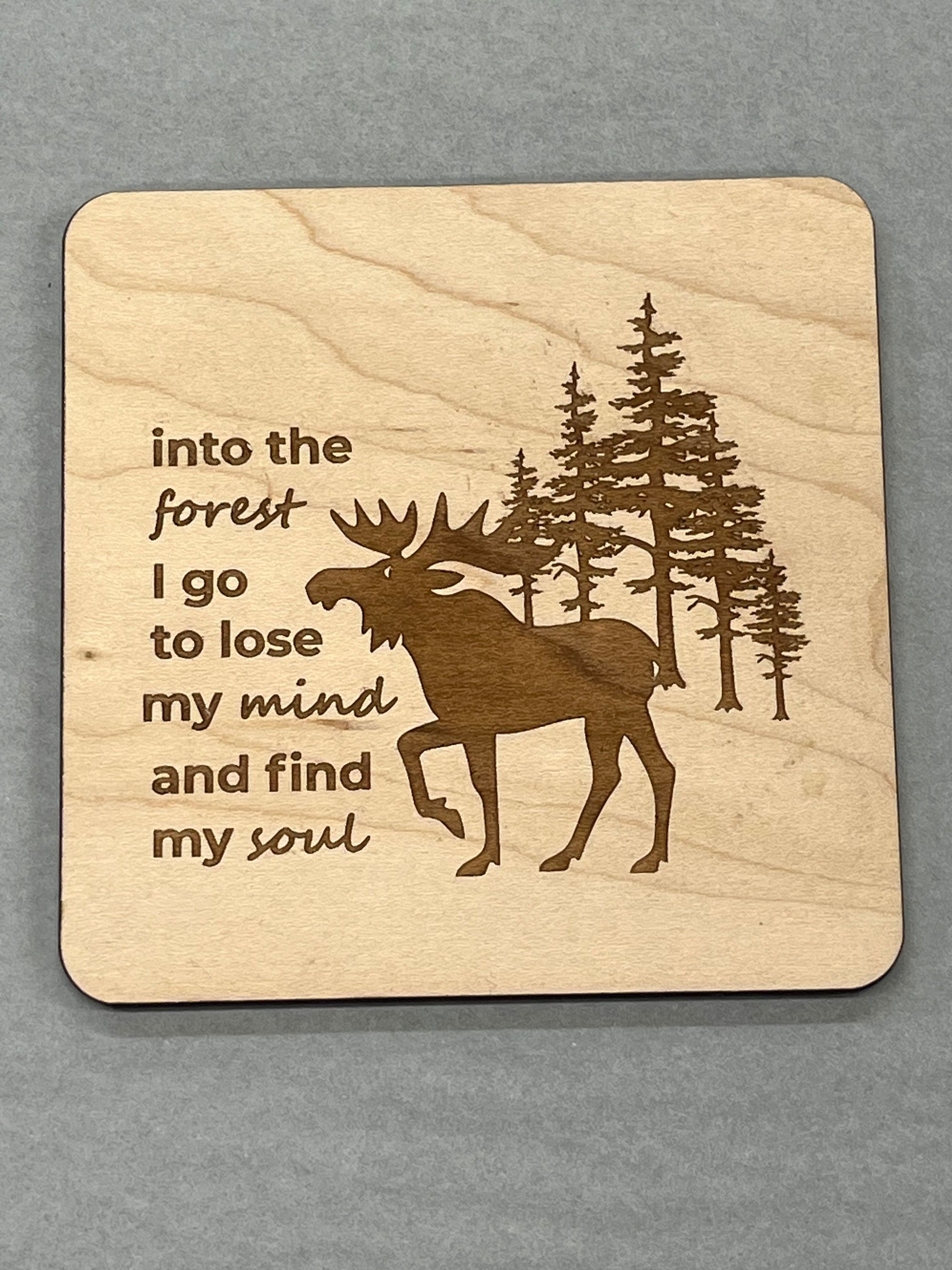

Comments
Have your say about what you just read! Leave me a comment in the box below.